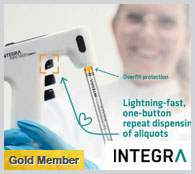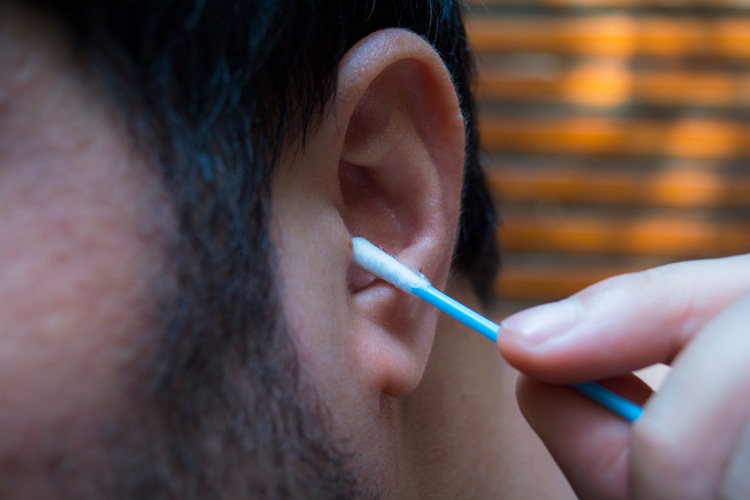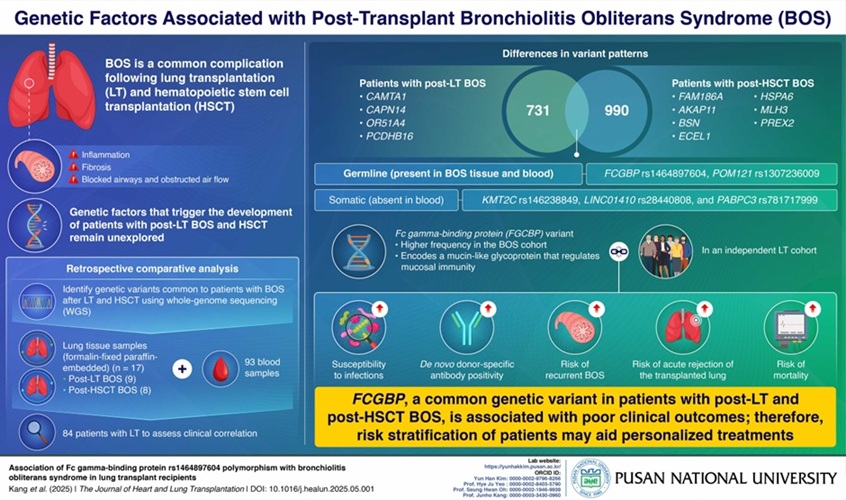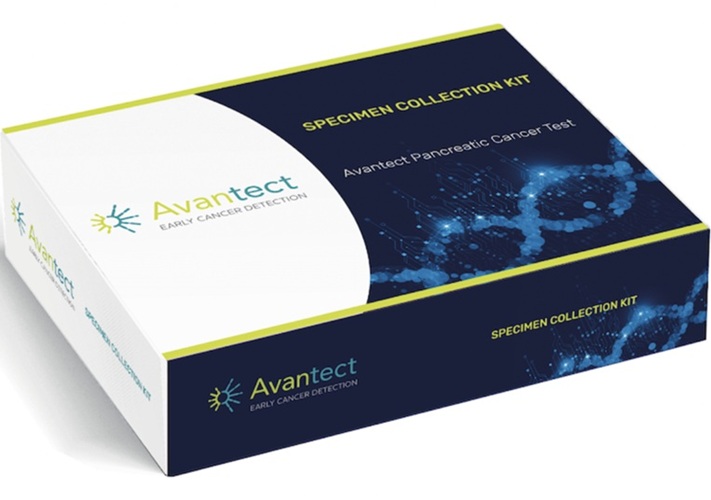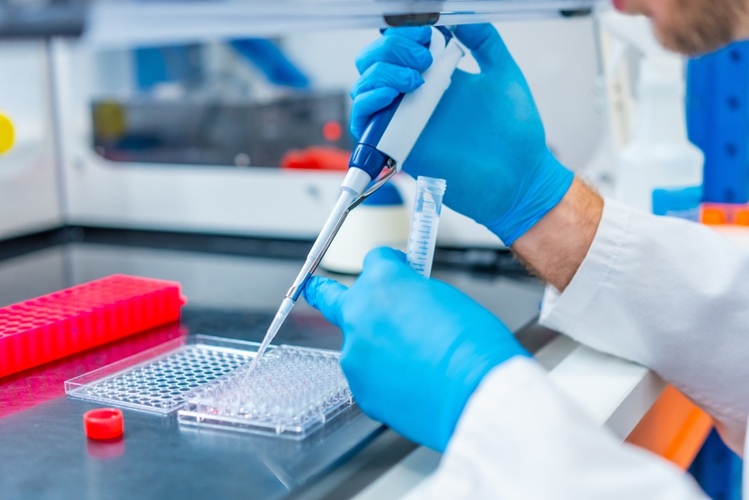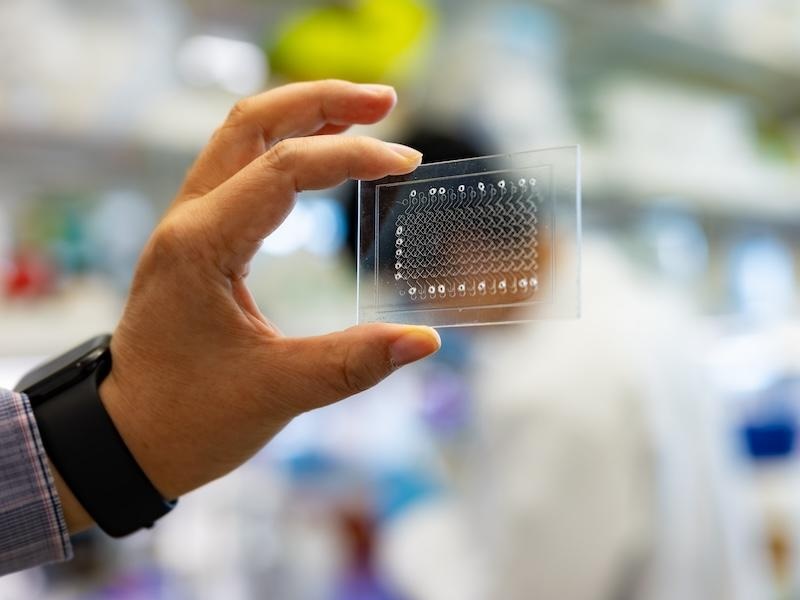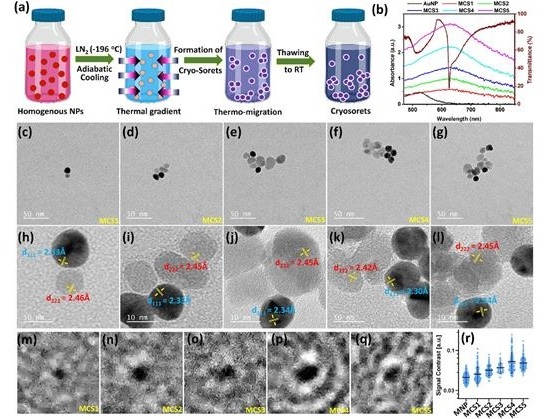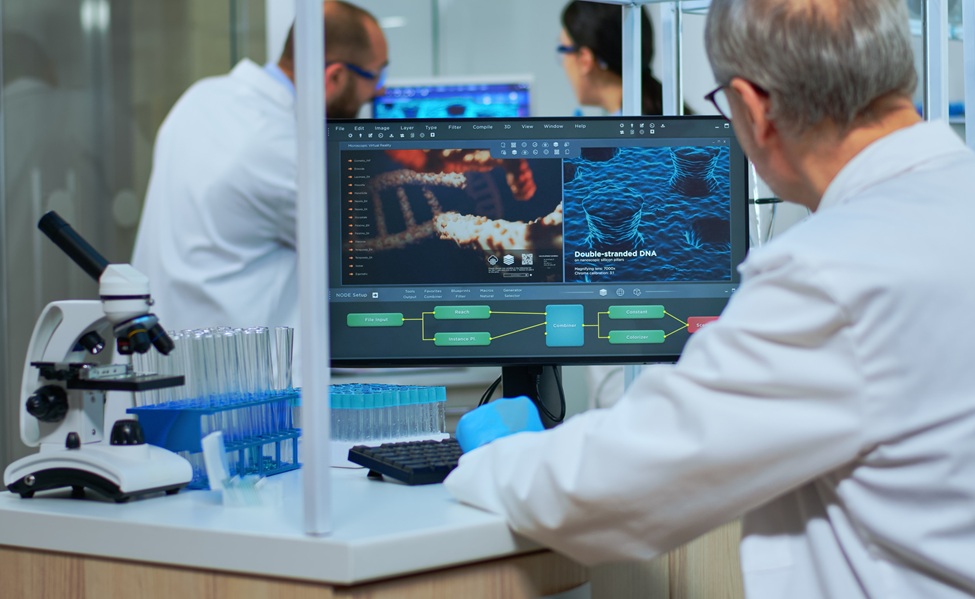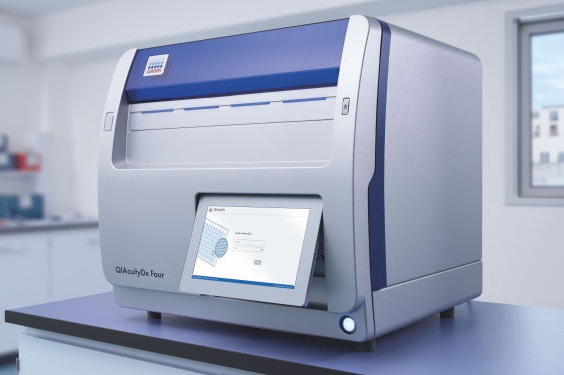Handheld Mass Spectrometer Identifies Cancer Tissue in Seconds
|
By LabMedica International staff writers Posted on 19 Sep 2017 |
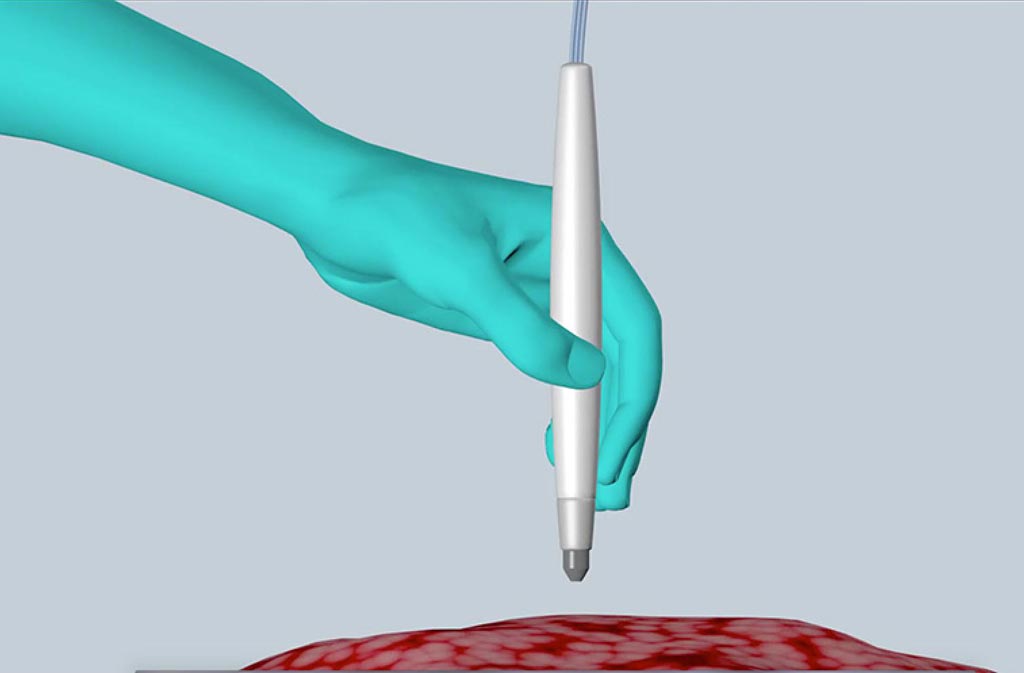
Image: The MasSpec Pen rapidly and accurately detects live cancer during surgery, helping improve treatment and reduce the chances of cancer recurrence (Photo courtesy of the University of Texas at Austin).
A team of scientists and engineers has invented a powerful device that rapidly identifies living cancerous tissue, giving surgeons precise diagnostic information about what tissue to cut or preserve.
“If you talk to cancer patients after surgery, one of the first things many will say is ‘I hope the surgeon got all the cancer out’,” said Livia Schiavinato Eberlin, assistant professor at University of Texas at Austin (Austin, TX, USA) who designed the study and led the team, “our technology could vastly improve the odds that surgeons really do remove every last trace of cancer during surgery.”
The current method, Frozen Section Analysis, for diagnosis and determining the boundary between cancer and normal tissue during surgery is slow and sometimes inaccurate. Each sample can take 30 minutes or more to prepare and interpret by a pathologist, increasing risk to the patient of infection and negative effects of anesthesia. For some types of cancers frozen section interpretation can be difficult, often yielding unreliable results.
The new MasSpec Pen took about 10 seconds to provide a diagnosis and was over 96% accurate in tests on tissues removed from 253 human cancer patients. It also detected cancer in marginal regions between normal and cancer tissues that presented mixed cellular composition.
This technology also offers the patient a safer surgery. “It allows us to be much more precise in what tissue we remove and what we leave behind,” said project collaborator James Suliburk, of Baylor College of Medicine. Although maximizing cancer removal is critical, removing too much healthy tissue can also have profound negative consequences: For example, breast cancer patients could experience higher risk of painful side effects and nerve damage, in addition to aesthetic impacts. Thyroid cancer patients could lose speech ability or the ability to regulate the body’s calcium levels in ways important for muscle and nerve function.
Living cells produce metabolites and each type of cancer produces a unique set of metabolites and other biomarkers. “Because the metabolites in cancer and normal cells are so different, we extract and analyze them with the MasSpec Pen to obtain a molecular fingerprint of the tissue. What is incredible is that through this simple and gentle chemical process, the MasSpec Pen rapidly provides diagnostic molecular information without causing tissue damage,” said Prof. Eberlin.
The molecular fingerprint obtained by the MasSpec Pen from an uncharacterized tissue sample is instantaneously evaluated by a “statistical classifier” software trained on a database of molecular fingerprints that Prof. Eberlin and her colleagues gathered from the 253 human tissue samples. The samples included both normal and cancerous tissues of the breast, lung, thyroid, and ovary.
The pen releases a drop of water onto the tissue, and small molecules migrate into the water. The water sample is driven into a mass spectrometer, which detects thousands of molecules as a molecular fingerprint. The disposable device requires simply holding the pen against the patient’s tissue, triggering the automated analysis using a foot pedal, and waiting a few seconds for a result.
In tests performed on human samples, the device was more than 96% accurate for cancer diagnosis. It also diagnosed cancer in live, tumor-bearing mice during surgery without causing observable tissue harm or stress to the animals.
So the process would be low-impact for patients and biocompatible. “When designing the MasSpec Pen, we made sure the tissue remains intact by coming into contact only with water and the plastic tip of the MasSpec Pen during the procedure,” said Prof. Zhang.
The study, by Zhang J et al, was published September 6, 2017, in the journal Science Translational Medicine.
Related Links:
University of Texas at Austin
“If you talk to cancer patients after surgery, one of the first things many will say is ‘I hope the surgeon got all the cancer out’,” said Livia Schiavinato Eberlin, assistant professor at University of Texas at Austin (Austin, TX, USA) who designed the study and led the team, “our technology could vastly improve the odds that surgeons really do remove every last trace of cancer during surgery.”
The current method, Frozen Section Analysis, for diagnosis and determining the boundary between cancer and normal tissue during surgery is slow and sometimes inaccurate. Each sample can take 30 minutes or more to prepare and interpret by a pathologist, increasing risk to the patient of infection and negative effects of anesthesia. For some types of cancers frozen section interpretation can be difficult, often yielding unreliable results.
The new MasSpec Pen took about 10 seconds to provide a diagnosis and was over 96% accurate in tests on tissues removed from 253 human cancer patients. It also detected cancer in marginal regions between normal and cancer tissues that presented mixed cellular composition.
This technology also offers the patient a safer surgery. “It allows us to be much more precise in what tissue we remove and what we leave behind,” said project collaborator James Suliburk, of Baylor College of Medicine. Although maximizing cancer removal is critical, removing too much healthy tissue can also have profound negative consequences: For example, breast cancer patients could experience higher risk of painful side effects and nerve damage, in addition to aesthetic impacts. Thyroid cancer patients could lose speech ability or the ability to regulate the body’s calcium levels in ways important for muscle and nerve function.
Living cells produce metabolites and each type of cancer produces a unique set of metabolites and other biomarkers. “Because the metabolites in cancer and normal cells are so different, we extract and analyze them with the MasSpec Pen to obtain a molecular fingerprint of the tissue. What is incredible is that through this simple and gentle chemical process, the MasSpec Pen rapidly provides diagnostic molecular information without causing tissue damage,” said Prof. Eberlin.
The molecular fingerprint obtained by the MasSpec Pen from an uncharacterized tissue sample is instantaneously evaluated by a “statistical classifier” software trained on a database of molecular fingerprints that Prof. Eberlin and her colleagues gathered from the 253 human tissue samples. The samples included both normal and cancerous tissues of the breast, lung, thyroid, and ovary.
The pen releases a drop of water onto the tissue, and small molecules migrate into the water. The water sample is driven into a mass spectrometer, which detects thousands of molecules as a molecular fingerprint. The disposable device requires simply holding the pen against the patient’s tissue, triggering the automated analysis using a foot pedal, and waiting a few seconds for a result.
In tests performed on human samples, the device was more than 96% accurate for cancer diagnosis. It also diagnosed cancer in live, tumor-bearing mice during surgery without causing observable tissue harm or stress to the animals.
So the process would be low-impact for patients and biocompatible. “When designing the MasSpec Pen, we made sure the tissue remains intact by coming into contact only with water and the plastic tip of the MasSpec Pen during the procedure,” said Prof. Zhang.
The study, by Zhang J et al, was published September 6, 2017, in the journal Science Translational Medicine.
Related Links:
University of Texas at Austin
Latest Pathology News
- AI Performs Virtual Tissue Staining at Super-Resolution
- AI-Driven Preliminary Testing for Pancreatic Cancer Enhances Prognosis
- Cancer Chip Accurately Predicts Patient-Specific Chemotherapy Response
- Clinical AI Solution for Automatic Breast Cancer Grading Improves Diagnostic Accuracy
- Saliva-Based Testing to Enable Early Detection of Cancer, Heart Disease or Parkinson’s
- Advances in Monkeypox Virus Diagnostics to Improve Management of Future Outbreaks
- Nanoneedle-Studded Patch Could Eliminate Painful and Invasive Biopsies
- AI Cancer Classification Tool to Drive Targeted Treatments
- AI-Powered Imaging Enables Faster Lung Disease Treatment
- New Laboratory Method Speeds Diagnosis of Rare Genetic Disease
- New Technology Autonomously Detects AI Hallucinations in Digital Pathology
- Novel Algorithm Rapidly Identifies Cell Types to Improve Cancer Diagnosis
- AI Method Speeds Up Cancer Tracking Using Blood Tests
- New AI Tool Improves Blood Cancer Diagnosis
- Novel Platform Technology Predicts Diseases by Early Detection of Aging Signals in Liver Tissue
- AI Model Detects More Than 170 Cancer Types
Channels
Clinical Chemistry
view channel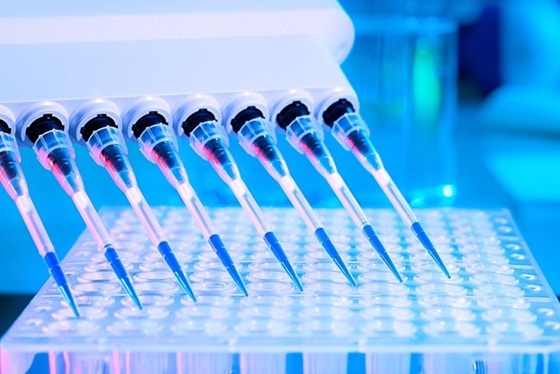
New Reference Measurement Procedure Standardizes Nucleic Acid Amplification Test Results
Nucleic acid amplification tests (NAATs) play a key role in diagnosing a wide range of infectious diseases. These tests are generally known for their high sensitivity and specificity, and they can be developed... Read more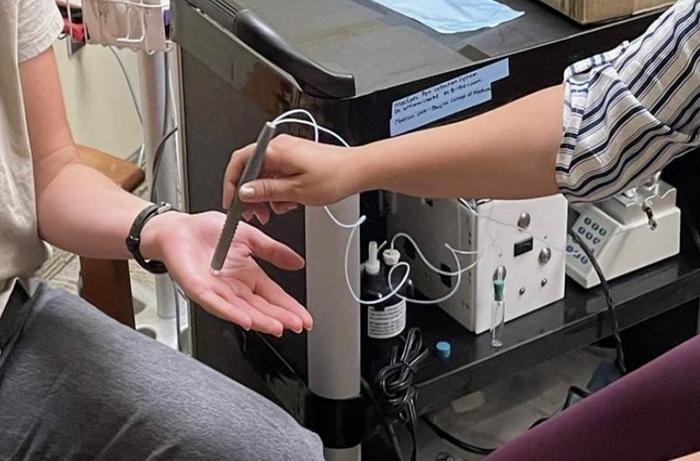
Pen-Like Tool Quickly and Non-Invasively Detects Opioids from Skin
Opioid drugs such as fentanyl, morphine, and oxycodone are the primary substances associated with overdose cases in the United States. Standard drug screening procedures typically involve collecting blood,... Read moreMolecular Diagnostics
view channel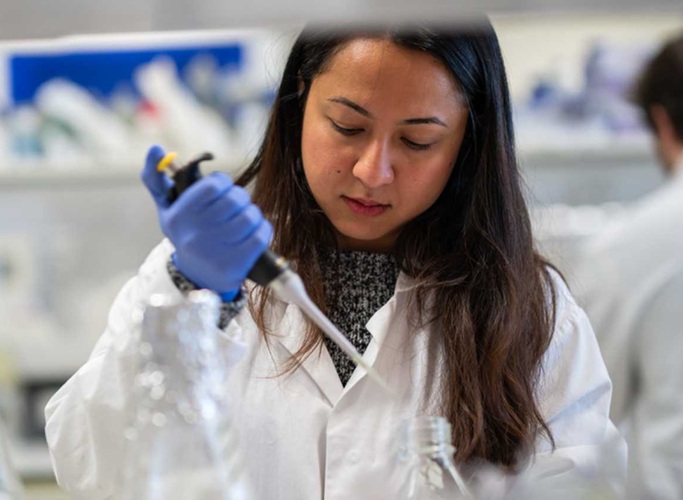
Blood Test Could Predict Likelihood of Breast Cancer Spreading to The Bone
When breast cancer spreads to other parts of the body, it becomes secondary or metastatic breast cancer—a stage that, while treatable, is currently incurable. The bone is the most common site for this... Read more
New Infectious Disease Analytics Platform Speeds Up Clinical Decision-Making at POC
During the COVID-19 pandemic, the importance of accurate and timely interpretation of diagnostic data became evident in shaping both public health strategies and clinical outcomes. As the world now grapples... Read moreHematology
view channel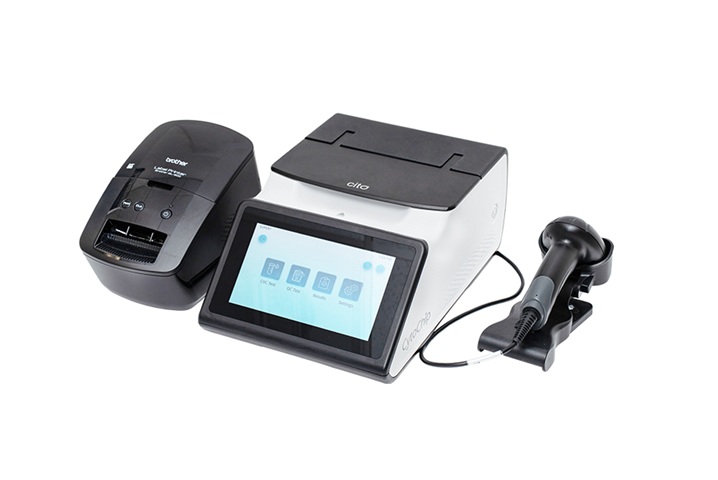
Disposable Cartridge-Based Test Delivers Rapid and Accurate CBC Results
Complete Blood Count (CBC) is one of the most commonly ordered lab tests, crucial for diagnosing diseases, monitoring therapies, and conducting routine health screenings. However, more than 90% of physician... Read more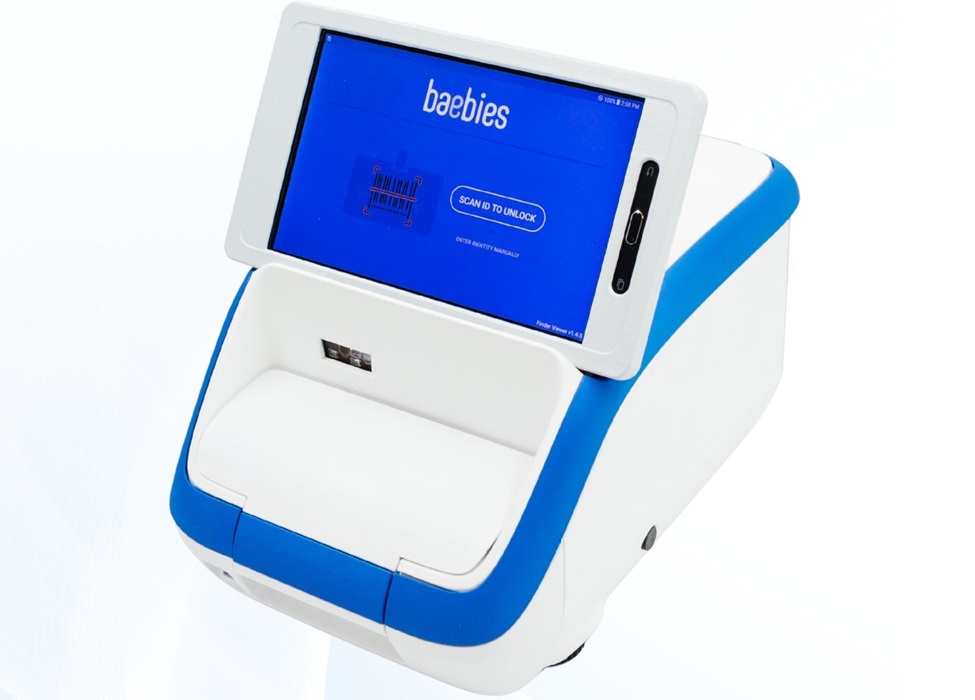
First Point-of-Care Heparin Monitoring Test Provides Results in Under 15 Minutes
Heparin dosing requires careful management to avoid both bleeding and clotting complications. In high-risk situations like extracorporeal membrane oxygenation (ECMO), mortality rates can reach about 50%,... Read moreImmunology
view channel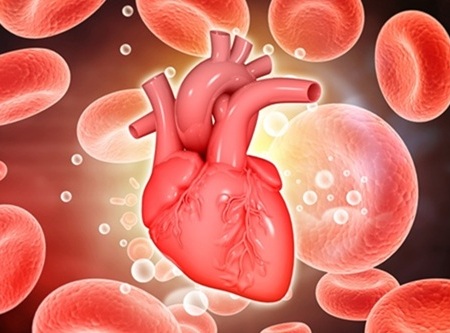
Blood Test Detects Organ Rejection in Heart Transplant Patients
Following a heart transplant, patients are required to undergo surgical biopsies so that physicians can assess the possibility of organ rejection. Rejection happens when the recipient’s immune system identifies... Read more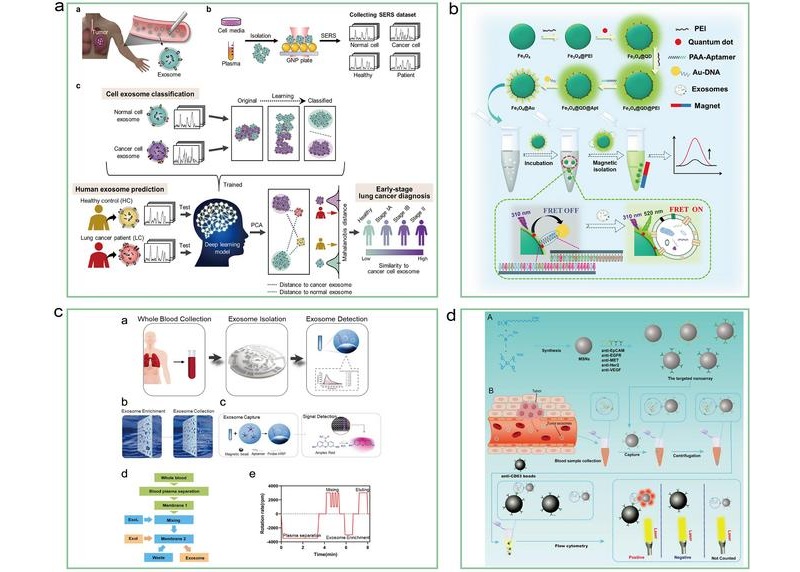
Liquid Biopsy Approach to Transform Diagnosis, Monitoring and Treatment of Lung Cancer
Lung cancer continues to be a major contributor to cancer-related deaths globally, with its biological complexity and diverse regulatory processes making diagnosis and treatment particularly difficult.... Read more
Computational Tool Exposes Hidden Cancer DNA Changes Influencing Treatment Resistance
Structural changes in tumor DNA are among the most damaging genetic alterations in cancer, yet they often go undetected, particularly when tissue samples are degraded or of low quality. These hidden genomic... Read moreMicrobiology
view channel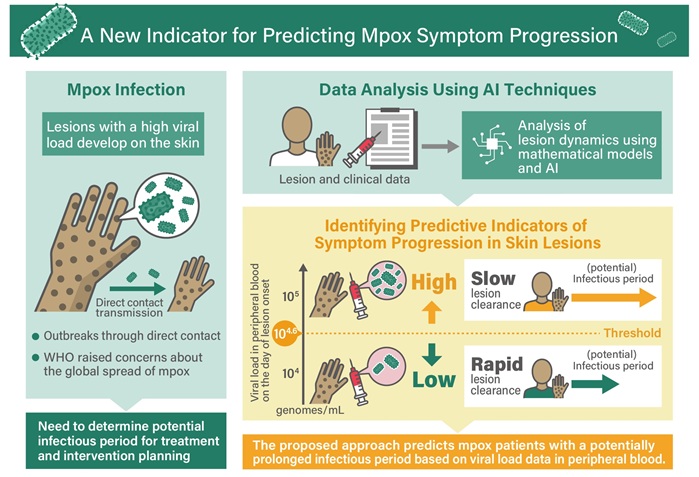
Viral Load Tests Can Help Predict Mpox Severity
Mpox is a viral infection that causes flu-like symptoms and a characteristic rash, which evolves significantly over time and varies between patients. The disease spreads mainly through direct contact with... Read more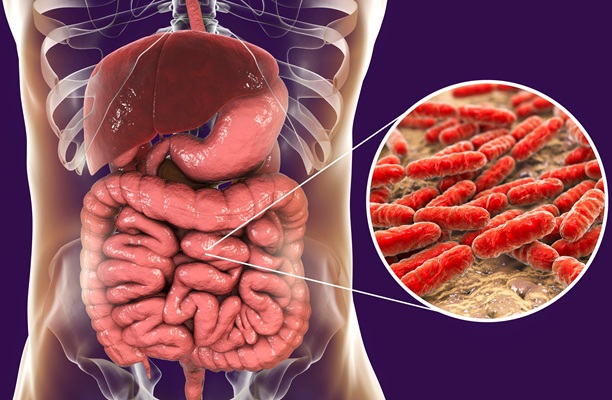
Gut Microbiota Analysis Enables Early and Non-Invasive Detection of Gestational Diabetes
Gestational diabetes mellitus is a common metabolic disorder marked by abnormal glucose metabolism during pregnancy, typically emerging in the mid to late stages. It significantly heightens the risk of... Read moreTechnology
view channel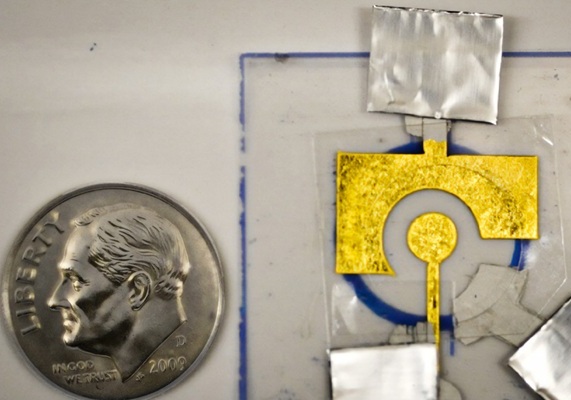
Inexpensive DNA Coated Electrode Paves Way for Disposable Diagnostics
Many people around the world still lack access to affordable, easy-to-use diagnostics for diseases like cancer, HIV, and influenza. Conventional sensors, while accurate, often rely on expensive equipment... Read more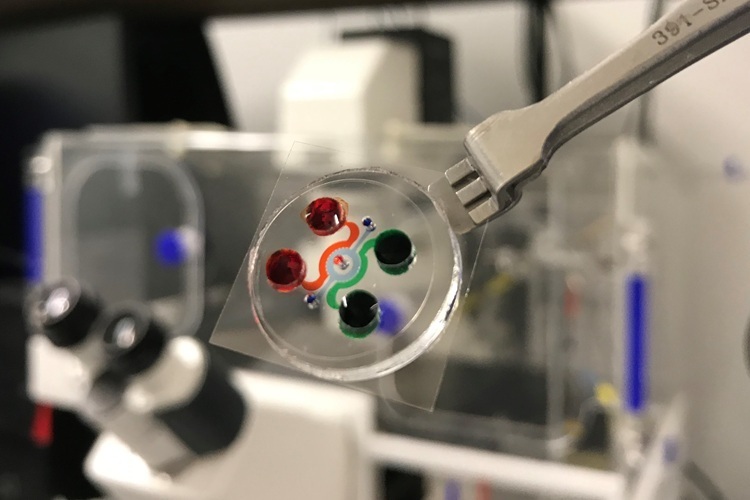
New Miniature Device to Transform Testing of Blood Cancer Treatments
Chimeric antigen receptor (CAR) T cell therapy has emerged as a groundbreaking treatment for blood cancers like leukemia, offering hope to patients when other treatments fail. However, despite its promise,... Read moreIndustry
view channel
AMP Releases Best Practice Recommendations to Guide Clinical Laboratories Offering HRD Testing
Homologous recombination deficiency (HRD) testing identifies tumors that are unable to effectively repair DNA damage through the homologous recombination repair pathway. This deficiency is often linked... Read more






